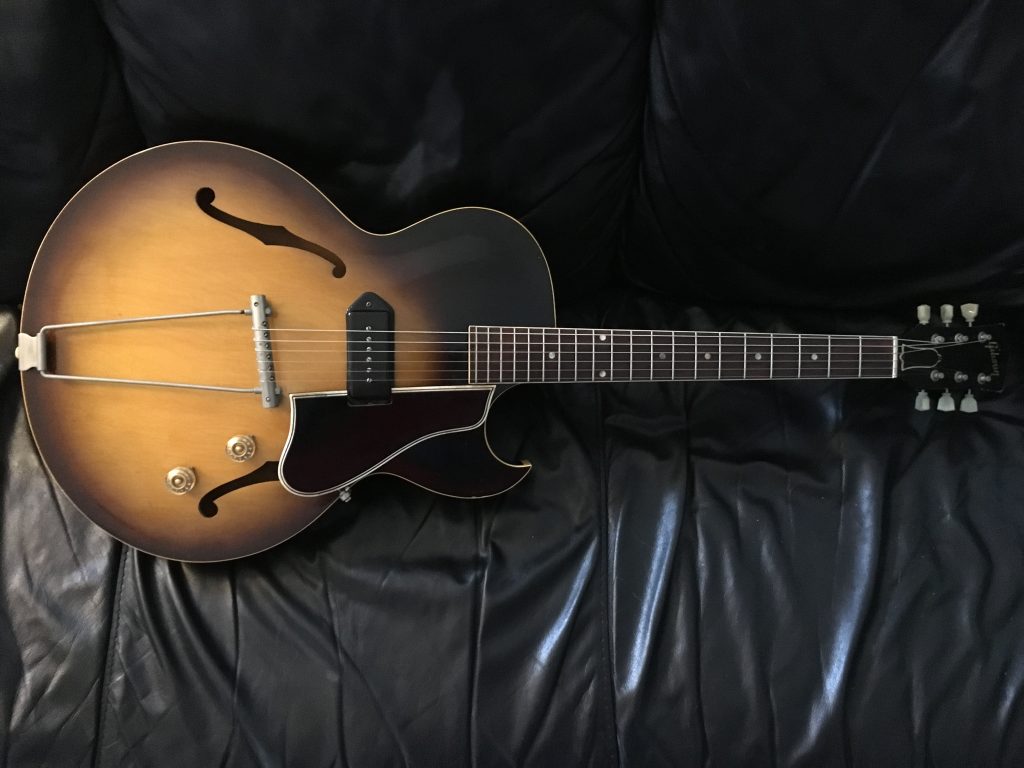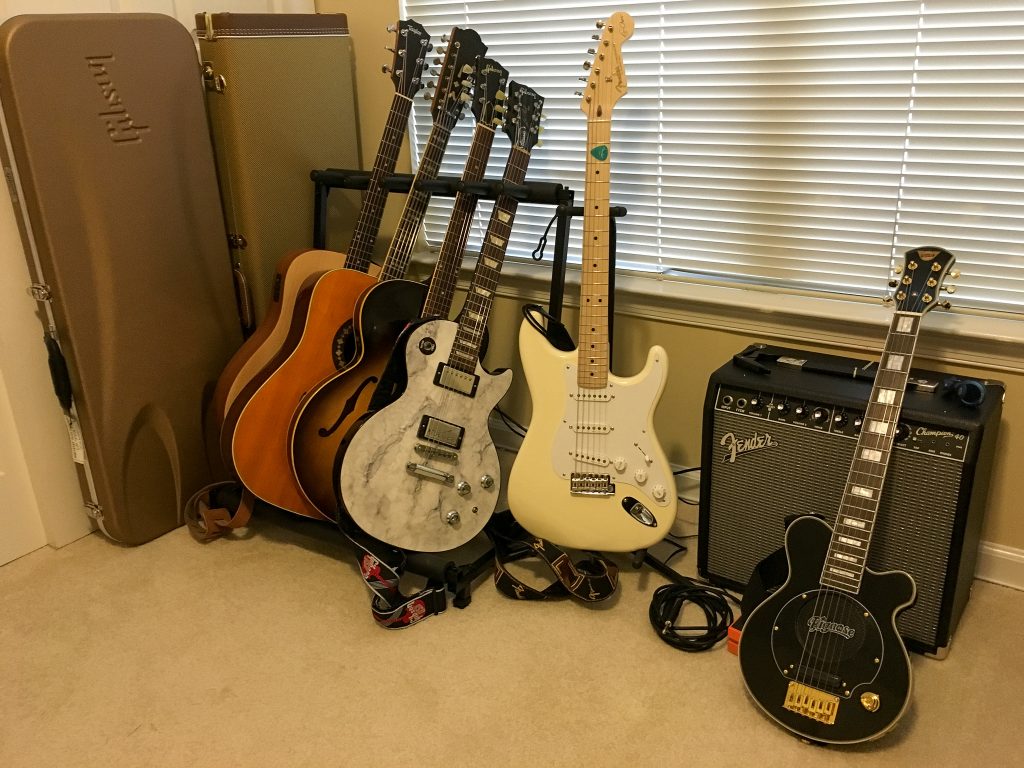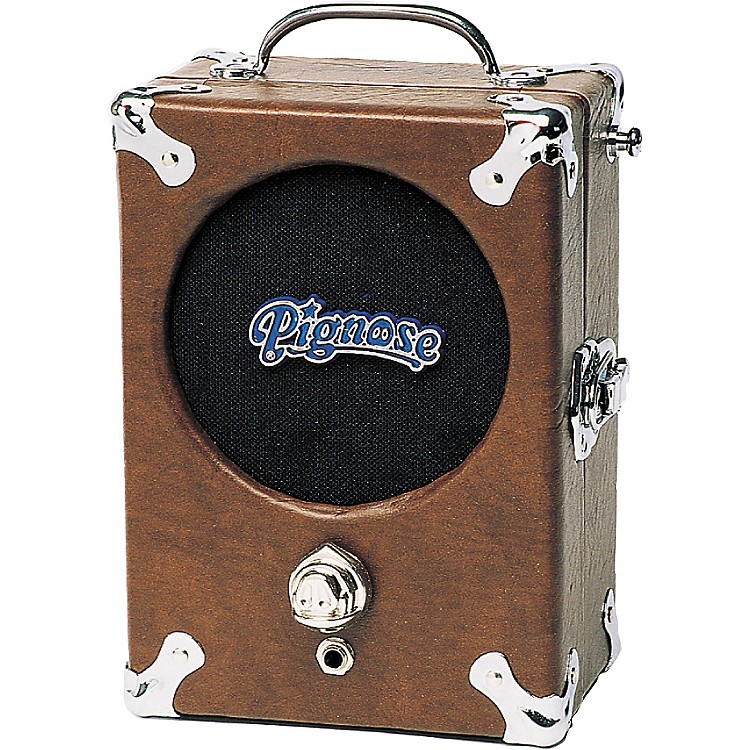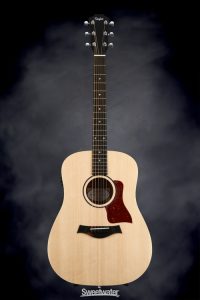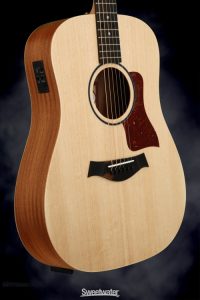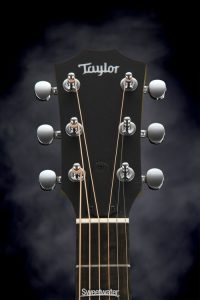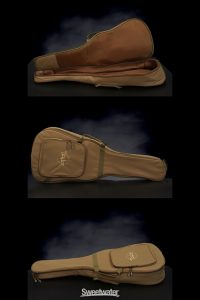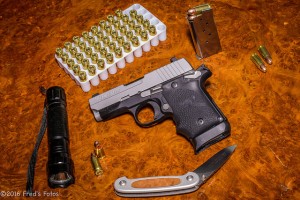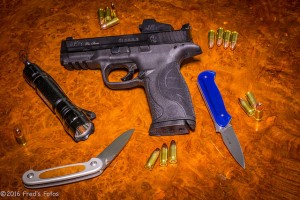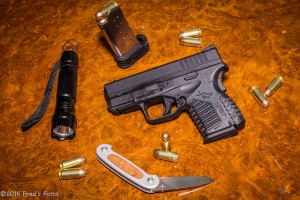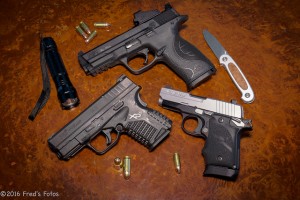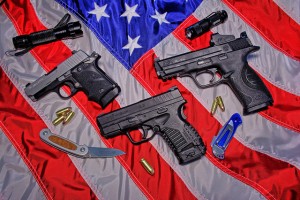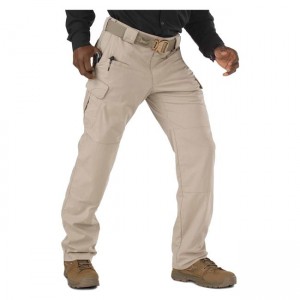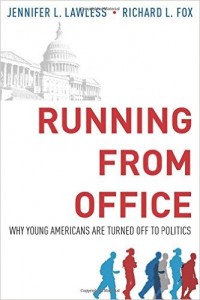As a computer professional for the past 35 years, I’ve worked with a number of computers and operating systems. That I prefer Apple Macintoshes for my personal use does not mean that I find Apple completely flawless. Still, Apple and its variety of OSes (Mac, iOS, WatchOS, tvOS, etc.) seem to do their work well. Most of the time.
A few years ago I purchased a Google Nexus 7 tablet. I did so because I wanted the experience of Android OS. If I’m going to comment or criticize something, I should at least be familiar with it, no? So, yes, it was an impulse buy; nothing I needed for work.
But what a disaster it’s been. Shipping with version 4.3 (Jelly Bean), I have upgraded the Nexus as OS versions and updates were released. It is currently running 5.1.1 (Lollipop). And I think the Nexus does not support anything newer, which means I’m stuck in the past, with an unsupported OS just four years after buying. Contrast that with my Macbook Air, which I bought in 2012, and is humming along on MacOS Sierra (10.12.1), the latest.
I wouldn’t complain about the Nexus being obsolete if it only worked. But it doesn’t, and that’s the problem. For the past couple of years I have found that every application and system process freezes, crashes, and renders the device unusable. I might want to check the weather, and the weather app locks up. I might want to check my Gmail and the Inbox crashes. I’ve pretty much decided it’s not usable for anything except playing a game or two.
Strike that. It doesn’t even play games without crashing. Candy Crush Soda Saga and Bejeweled Blitz are the only two games that I waste time playing, and even they don’t run well. Did I say “run?” When they work (and that’s a big WHEN), they often crawl, become unresponsive, and crash.
I don’t think I got a fluke. And, since the device is out of warranty and not updateable, about the only future I see for it is as a range target for one day when I want to take my .45 out for some practice. The mental image of my glass-and-plastic device exploding into shrapnel continues to give me pleasure.
Some day. And after that day, Android will never exist within my sphere of computerdom.

